Cultures collide. Hope survives. When a Chinese billionaire re-opens a factory and hires two thousand blue-collar Americans, early days of hope and optimism give way to setbacks as high-tech China clashes with working-class America.
Related reading:
Why China Is Buzzing About Netflix’s Obama-Backed Factory Film

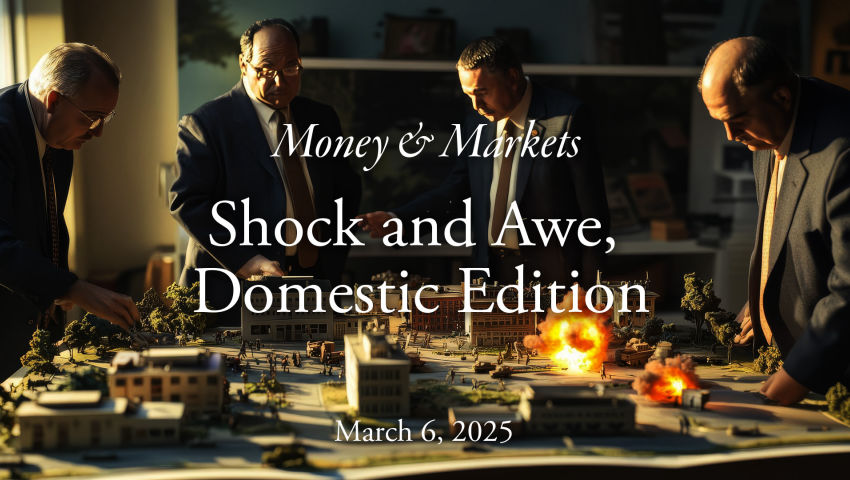
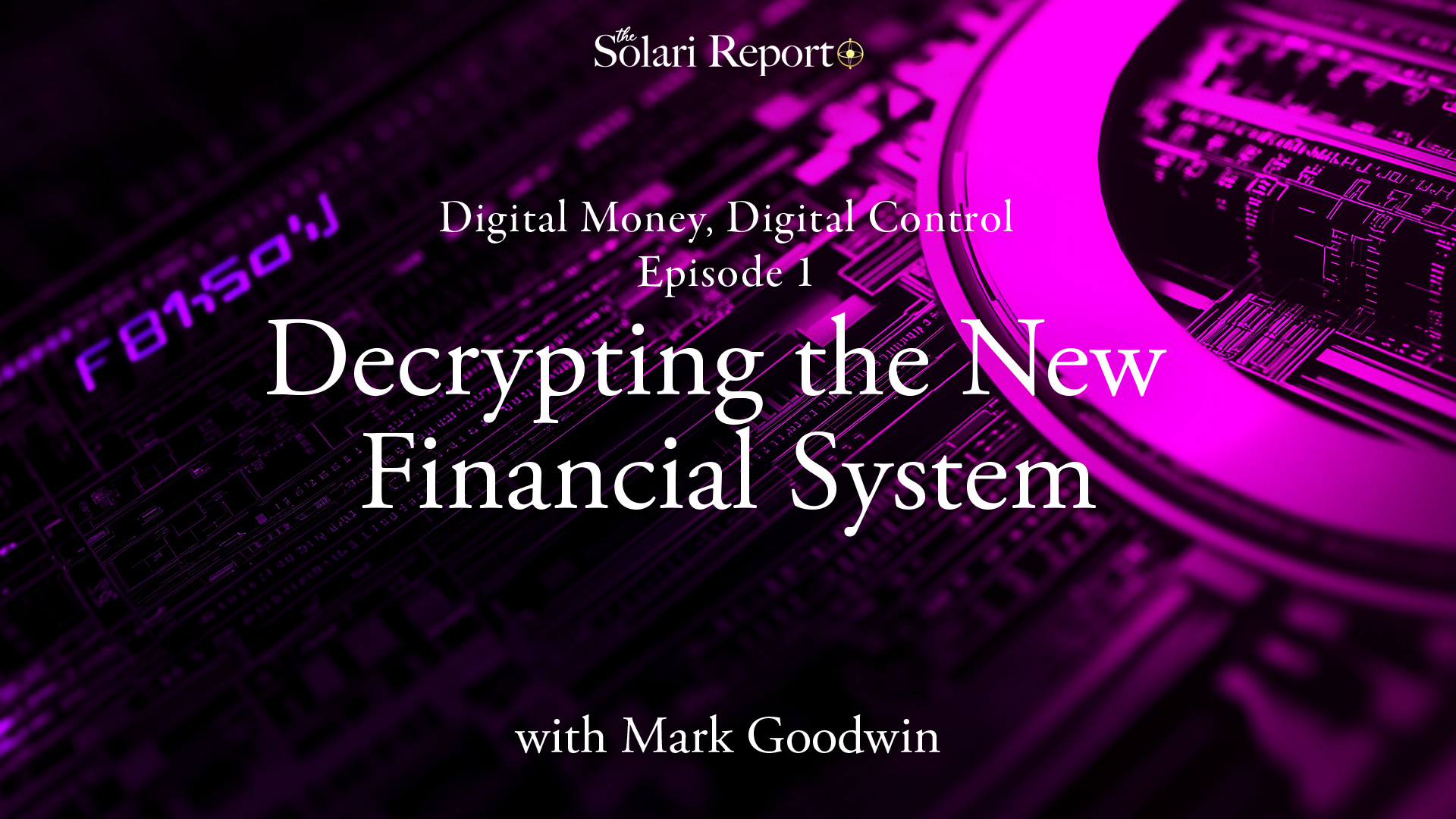
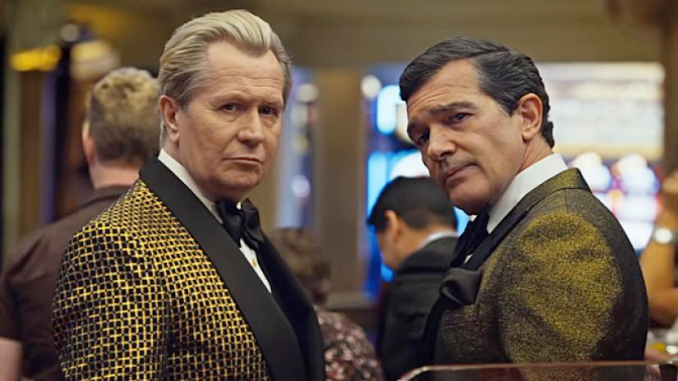


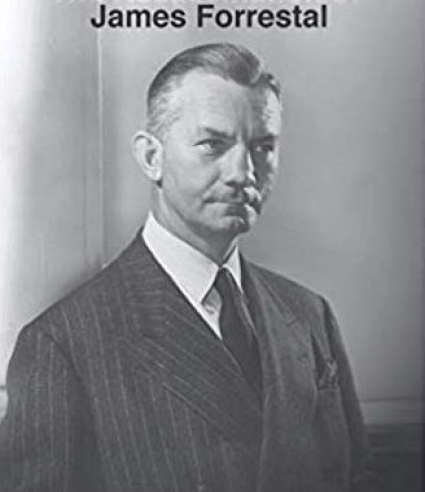

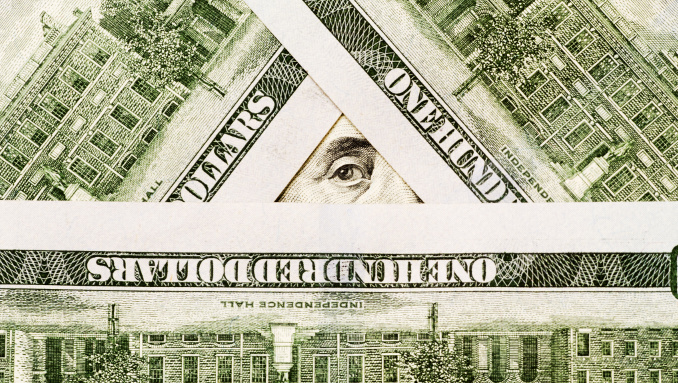
The reasons to move manufacturing to America – proximity to market and/or natural resources, and low cost of raw materials/electricity. Nothing about labor in that calculus.
Yes. As you can see in the ending, they know they will continue to automate more and more.
Dear Catherine
Thanks for recommending yet another riveting film.
Fuyao had 2,200 American employees and they paid the Labor Relations Institute $1 million to disseminate anti-union propaganda. That comes to $450 per employee. Think about that.
The scene near the end of the film at time 1.44.00 reminded me of the famous shift change scene from “Metropolis”, in which Fritz Lang envisaged back in 1927 exactly where we are today. https://www.youtube.com/watch?v=wJPpW1bBTRI
I’d like to share some quotes I noted from the film for those who are not able to sit through the entire 2 hours.
– ‘Dayton was well developed back then.’
– “At General Motors I was making $29 and some change an hour. At Fuyao I make $12.84’
– “The threat of a strike is no longer scary to employers because today if you go on strike while you can’t get fired the employer has the right to permanently replace you.”
– ‘[The Americans] have fat fingers.” (Well, with our fat fingers we have managed to invent practically all the stuff the Chinese produce.)
– Chairman Cao: “In the past few decades I have built so any factories. Have I taken peace away and destroyed the environment?”
– ‘Up to 375 million people globally will need to find entirely new kinds of jobs by 2030 because of automation. How workers, governments and businesses tackle these seismic shifts will define the future of work.”
The film shows how rather than moving forward to a bright future we are heading back to medieval feudalism. You very appropriately quoted from Yeats. We are losing the centre.
If you go back and watch the Sir James Goldsmith video, the trajectory was baked in long ago. That is why so many of us worked to turn it way back when.
Amazing documentary, Catherine. Thanks for recommending it!
I loved that it touched upon cross-cultural relations (could have gone *much* deeper from a Chinese perspective); the version I saw left out translations of some interesting comments in Mandarin), differences in working conditions and attitudes toward work, and robotics and the future of workers. These are all themes previously brought up at Solari.
A question that the film didn’t answer was why would the owner of Fuyao want open such a massive business in the United States to begin with? A way to move money out of China?
According to Fuyao America’s website, there are now four Fuyao factories in the US. Could the foreknowledge of automation have given the owner enough incentive to be patient for profits, given it would eventually be guaranteed?
Also, any feedback as to why the Obamas produced this?
I assume that because he is marketing to US car companies, the way to ensure that he kept the market share given a variety of challenges was to on shore some production. Yes, it could be diversification globally as well. I don’t know why the Obamas financed it. If I had to come up with a wild guess, it would be that the movie does a good job of showing some of the real issues of productivity and profitability and environmental impact that business and political leaders are now grappling with.
Thanks! Good to see you in Toronto! Hope you’ve been enjoying your driving!
Canada is such a beautiful country – BIG!